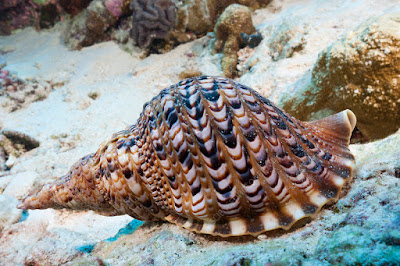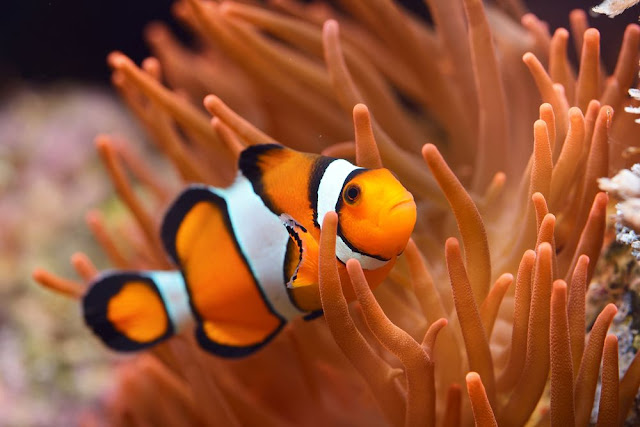Giant Triton That Can Save The Great Barrier Reef
A giant triton snail is the largest, spindle-shaped marine snail and can reach up to 2 ft in length. Which makes them the largest mollusc species in the world. The shell can be used to make a trumpet-like sound which gives them the name Triton's trumpet. They live in the Indo-Pacific Oceans and in the Red Sea.
The giant triton is famous for eating the venomous crown of thorns starfish. A specialist that feeds upon the flesh of live corals and damages the reef. This causes the major biological cause of coral loss especially in the great barrier reef, Australia. Even though the starfish can sense and run from the incoming predator, the triton swims faster. As soon as they catch their prey with their muscular foot, they inject the paralyzing saliva. Then, the triton feeds slowly, eating only the whole and spitting out the unwanted parts.
Reproduction
Giant tritons reproduce through internal fertilization where the females lay their larvae in white capsules. These larvae enter a plankton stage for three months.
Threats
Giant tritons are high tradable pieces, which are used by decoration or for tourist's gifts. Due to these techniques, there is a slight decrease in the tritons population.



Comments